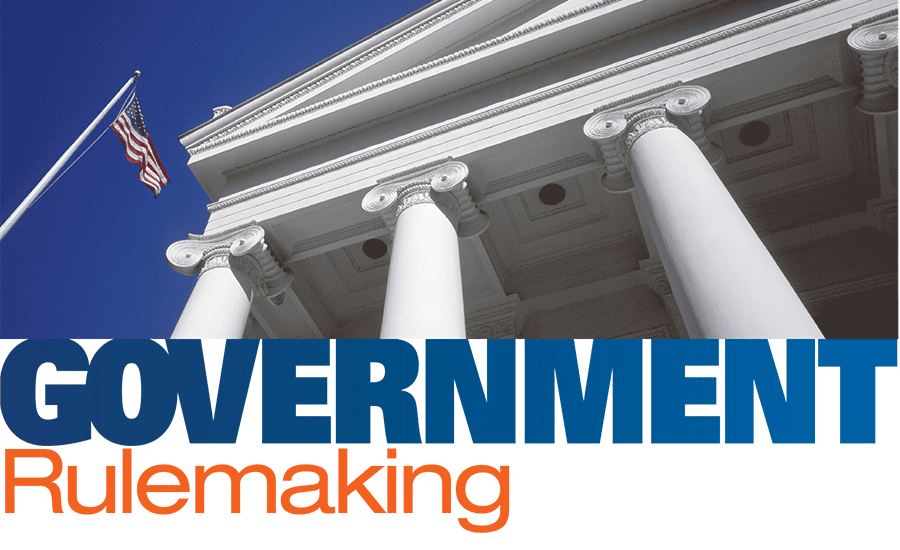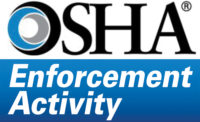DOL’s nursing home teen worker rule fails to make fall reg agenda

A controversial rule to allow teenagers to perform a potentially hazardous task in nursing homes is conspicuously absent from the Fall Regulatory Agenda released last week by the U.S. Labor Department (DOL).
The rule would have rolled back a previous policy prohibiting young workers (age 16 and 17) from operating powered patient lifting devices unless they are properly trained and are using such devices in tandem with a worker who is 18 or older.
The rule was met with intense opposition from workers as well as nursing home residents and their advocates. According to the National Employment Law Project (NELP), nationwide polling results suggested that 78 percent of respondents opposed rolling back this protection, with strong opposition across demographic groups, regions, and political affiliations.
Research reviewed by NIOSH in 2011 found that “16- and 17-year old youths lack the ability to recognize the risk associated with performing hazardous tasks, such as handling and transferring patients. When examining the ability to assess risks specific to work situations, adolescent workers have been shown to greatly underestimate the risks associated with tasks known be hazardous...The tasks least likely to be recognized as hazardous or dangerous were operating power equipment, with only 1.6% of respondents who perform these tasks recognizing them as hazardous.”
The nursing home industry has the highest nonfatal ocupational injury rates of any industry in the U.S. Opponents of the rule said that allowing teenage nursing assistants who lack sufficient experience and training to handle the challenging task of lifting and moving residents with complex physical and mental disabilities would lead to an increase in occupational injuries. Additionally, patient safety advocates noted that home residents - who are elderly or have disabilities - who would be at increased risk of falls.
“The Labor Department finally heard our demand to withdraw this proposal,” said Debbie Berkowitz, program director for worker safety and health with the National Employment Law Project. “Even with their efforts to hide information about this dangerous and unpopular rule, they couldn’t overcome the workers and patient advocates who came together to stop it.”
According to NELP, the DOL provided little evidence or risk analysis to justify the new rule—and what it did provide turned out to be based on an inaccurate reading of what advocates discovered was a seven-year-old, 22-respondent Survey Monkey poll of vocational programs in Massachusetts.
At the time it announced the proposed rule, the DOL said it would would “increase the participation of young workers in health care occupations and enhance their future career skills and their earning potential, without reducing worker safety.”
Looking for a reprint of this article?
From high-res PDFs to custom plaques, order your copy today!






.jpg?t=1721257160)
